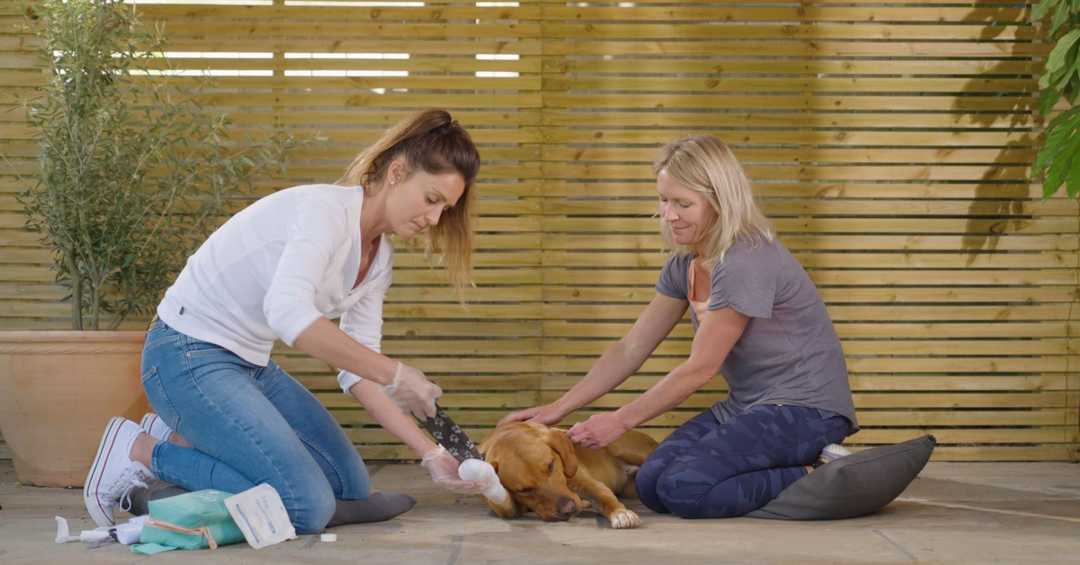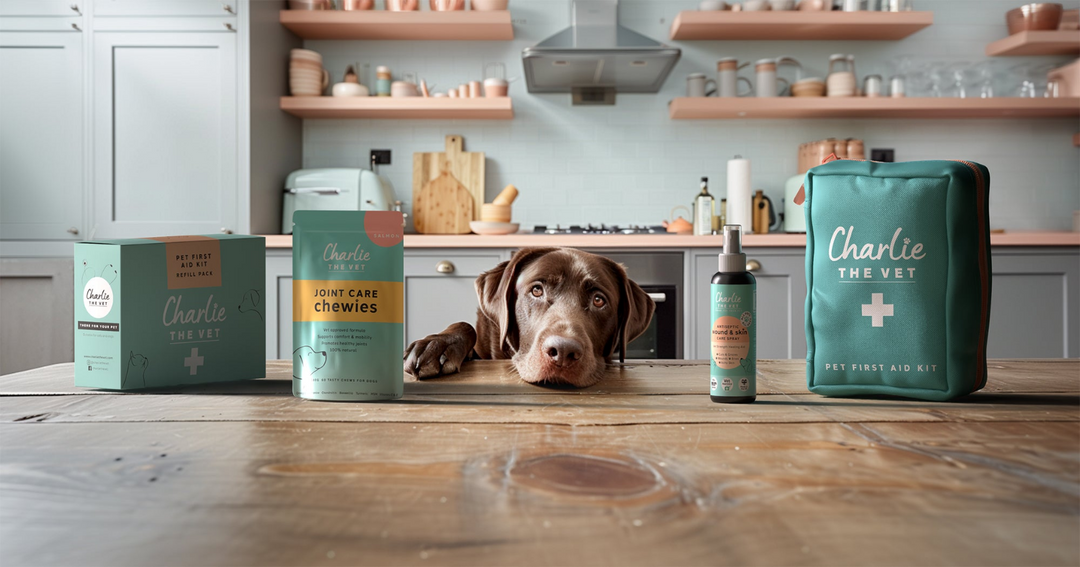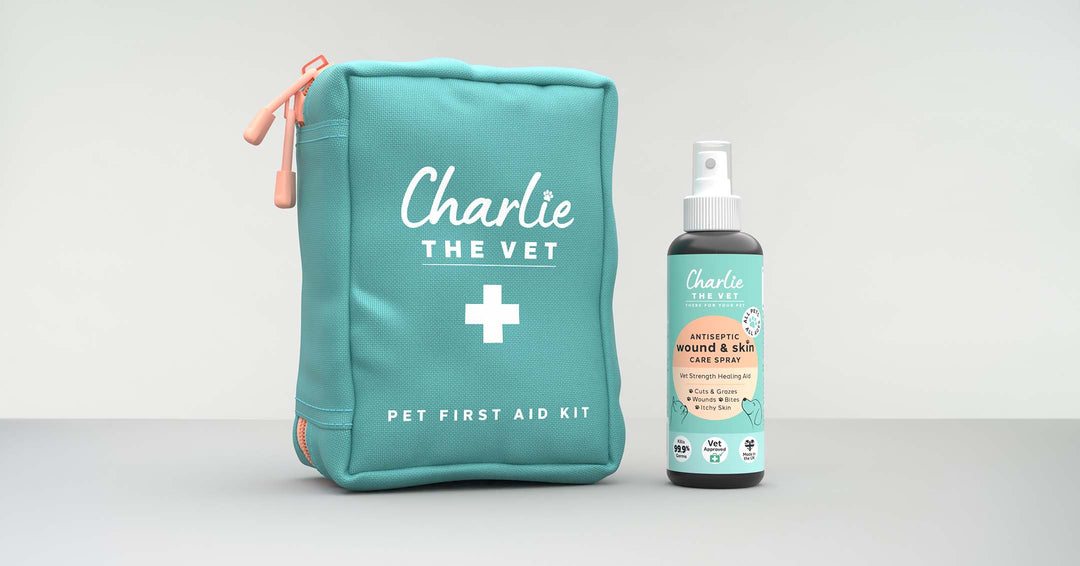Skip to content
Dangerous Temperatures
Does your pet have a dangerous temperature?
LOW TEMPERATURES (HYPOTHERMIA) TEMPERATURES BELOW 37.2°C (99°F)
- When your pet's temperature falls below 37.2°C (99°F)
- Note:
- Temperatures below 36°C (114.8°F) are more serious and immediate veterinary advice must be sought.
- If your pet's temperature is low but they seem completely normal check you have taken their temperature correctly; the reading maybe low if the thermometer was embedded in faeces in the rectum or not inserted far enough.
COMMON CAUSES
- Prolonged exposure to the cold (including cold water), dehydration, shock and heart failure (amongst others)
SYMPTOMS
- Shivering or trembling
- Feeling cold to touch
- Slow heart rate and breathing
- Lethargic/weak/trouble walking/collapse
WHAT TO DO
- Call your vet.
- Remove your pet from the cold (carefully if there are wounds/other injuries).
- Dry them if wet, wrap them in the foil blanket in your kit, add additional layers of blankets if needed.
- You can also place hot water bottles on them (these must first be wrapped in towels to prevent burns) and cover their feet with socks or bubble wrap to help keep the warmth in.
- Temperatures below 35°C are a true emergency.
HIGH TEMPERATURES (HYPERTHERMIA) TEMPERATURES ABOVE 39.2°C (102.56°F)
- When your pet's temperatures rises above 39.2°C (102.56°F)
- Readings above 39.5°C (103.1°F) are more likely to represent a true problem rather than stress/excitement. If the reading is high but you think your pet was very scared/excited then let them calm down for 10 mins and re-check if it is safe to do so. But, if in doubt seek veterinary advice.
CAUSES OF HIGH TEMPERATURES
- Illness because of infection, cancer or inflammation (amongst other things) inside the body
- Stress/excitement/exercise
- Heat stroke
IDENTIFYING HEATSTROKE
symptoms
- Panting and fast heart rate
- Dry mouth and nose (may start drooling later)
- Lethargic and off food
- Dark red gums
- Sometimes vomiting and diarrhoea
- High temperature (usually over 41°C (105.8°F))
This is a true emergency, these signs can quickly
progress to collapse, seizures and death.
WHAT TO DO
- Cool your pet first, then get to your vets.
- If your pet is young and healthy, fully immerse them in cold water (cold water is safe to use) (keep their face above the water if they’re unconscious).
- For older or ill animals use evaporative cooling - aim a fan at them and drip cold water over them.
- Applying water-soaked towels is better than nothing, but ensure constant wetting to maintain effectiveness.
- Cold water is safe.
- Continue cooling until their body temperature returns to normal.
- Maintain cooling as you travel to your vets -always get them checked!
- You can also offer them water (ice water and ice cubes are safe!)
Notes:
- Overweight animals and those with a flat face are more at risk.
- Cooling down an animal that has a high temperature due to illness instead of heat stroke is often not beneficial.
HOW TO PREVENT HEAT STROKE
- Never leave your pet in a car on a warm day - parked cars can reach high temperatures even on what seems like a 'cool day'.
- Don't walk dogs when the temperature is over 19°C (66.2°F) (lower in some dogs - see below). Either go very early in the morning or later at night or avoid a walk at all that day if extremely hot and your pet has a higher risk of heat stroke.
- Don't leave your pet outside on warm day without shade or water.
- Cats are better able to tolerate high temperatures than dogs but can still develop heat stroke if they are unable to find shade or water or become trapped in sheds or garages.
- Your pet is more at risk of heat stroke if they are overweight, have a heavy coat, or have a flat face (brachycephalic animals) - e.g. Pugs, French Bull Dogs and Persian cats.











